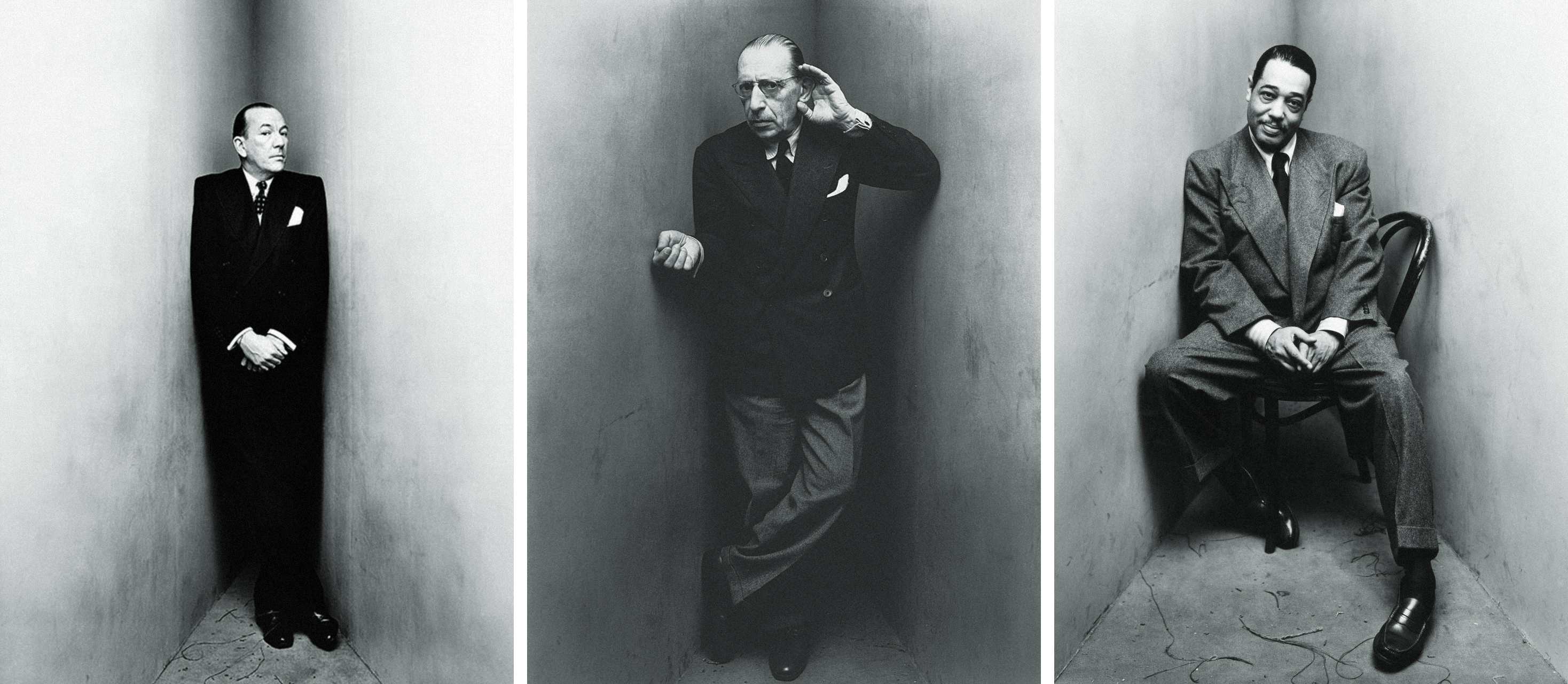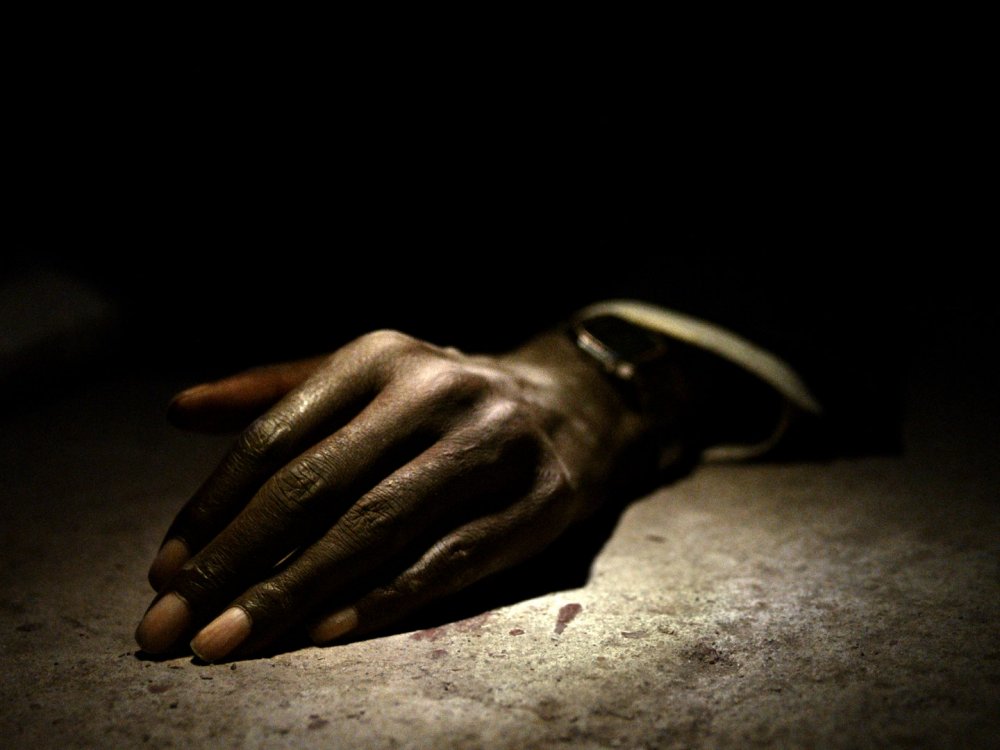
Irving Penn’s corner portraits liquify the personalities of his subjects by forcing them to conform to a tight space. The subjects, when treated as objects, fill the space in various ways: as an arrangement of flesh, cloth, and air, sandwiched in between two ambiguously solid surfaces. The material setup is unclear—the ground may or may not slope upwards, and the walls that form the corner might be thin canvas, or pieces of wood, or they might be solid concrete. A photograph, in any other photographer’s hands, uses a monocular perspective and static capturing of scene to emphasise the extensity of matter over any ideal ephemera. Penn’s portraits do the opposite, they make us forget the actual contents of volume and treat the signs of personality as a material which expands to fill a space.

Pedro Costa’s 2019 film Vitalina Varela casts its black actors in a space that robs them of any personality and agency. In fussy compositions which are colour-corrected to obliterate any naturalistic light and shade, an uncanny minimalism resembling graphic design more than life pervades the film. The crumbling squalor of the Portuguese slums provides ample opportunity for texture, but like an anti-Tarkovsky the details of grain in walls and skin turns living spaces and human beings into abstract architecture and weirdly detailed puppets. This suits the script: Africans in Europe are turned into zombies by the depression of poverty, and abstract social enclosures are embodied in visibly claustrophobic spaces.
A series of startling inversions have to take place for this to work. Kodak’s early colour photography notoriously precluded the proper treatment of black skin. The range of colour available in the rendering of dark colours was so poor that black people were often left as invisible spectres with the whites of eyes and teeth left disembodied and floating. When Kodak finally set about correcting this problem, it was only because the confectionary and furniture industries complained that dark chocolate and dark furniture could not be photographed properly for advertisements. Costa’s project of tailoring his palette around rendering a richness of detail in dark skin would seem then to be a way of endowing his actors with the full quality of living people, the way that Penn’s corner does. But then Costa uses the liberatory technology of detailed rendering to capture his actors in tiny concrete coffins. Skin is detailed in the same way that the concrete is, and stretch marks and wrinkles seem to be fundamentally the same as pockmarks and stains. When tears are shed, they become nothing more than moisture. Every shifting shadow is a scalpel that shaves away potential and possibility, denying an ontology of becoming in these bodies and leaving only res extensa.

Ballet for Inanimate Dancers
Film Acting and Identity